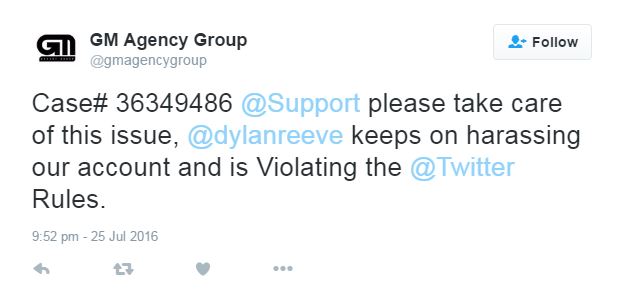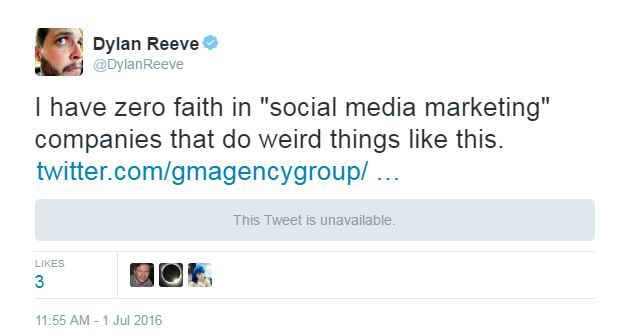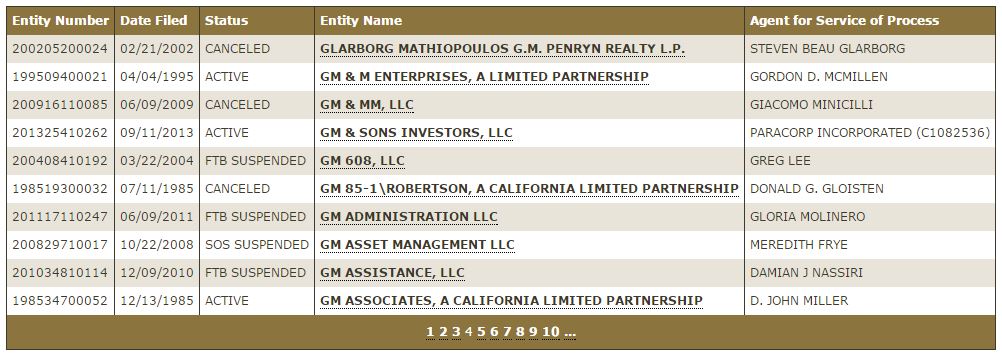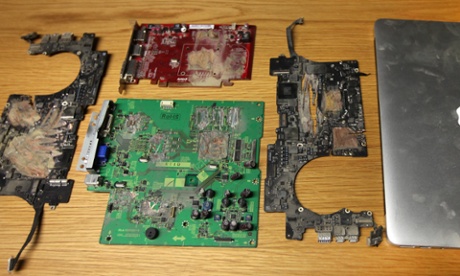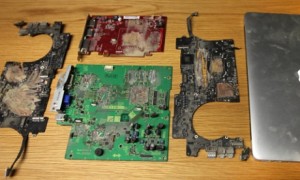Recently I got involved in a Twitter discussion about public broadcasting and the future of TVNZ. It was precipitated by Gareth Morgan’s recent announcement that his new political party, The Opportunities Party, would sell off TVNZ and invest the money in public interest broadcasting
TOP will sell TVNZ (which is now a commercial operation) and use the proceeds to set up a Public Journalism Fund as part of NZ on Air. The existing Platinum Fund money will be folded into this. RNZ will be able to compete for this funding alongside other platforms.
– The Opportunities Party Platform
I think this is the wrong approach and one that is ultimately counter productive. Attempting to have this discussion online in snippets of less than 140-characters wasn’t helpful, so I’ll try to elaborate here. I am not a politician. I have no special insight into the nature of broadcasting. I understand technically how TV is made, and I think I have a reasonably good understanding of the business of TV and also, to some extent, the way we consume TV.
What Is TVNZ Currently?
It’s often pointed out, whenever discussing the potential of selling TVNZ, that it really is nothing but a commercial broadcaster. It’s basically a more successful Mediaworks (but without all the radio stations). It spends money on making and acquiring TV shows, and earns money from advertisers. It returns the money it makes to its shareholder, the government, in the form of a dividend.
So then, if it’s no different than TV3 (sorry, +HR=E) why should the government own it? That’s a very reasonable point – while it operates in that way there really is not compelling reason for it to be in public ownership.
But, the main thing that’s perhaps overlooked is that this doesn’t have to be how TVNZ operates. While it’s publicly owned its mission can be changed. It responds to the instructions issued to it by the government.
What Did TVNZ Used To Be?
TVNZ has moved through many incarnations, but for the last 30+ years it’s been largely a commercial-ish operation. Playing commercials to generate revenue. What has varied most is how the company has been tasked with delivering a public good to its audience.
During the 1980s and 1990s TVNZ found itself becoming increasingly profit focused. A deviation from it’s early years as a purely public broadcaster modeled in part after the BBC. Then in 2003 after substantial movement toward broadcasting reform the Labour government gave TVNZ a Charter which established the broadcaster’s role in addressing the public good. TVNZ was still commercial but now had clear public service objectives and obligations.
How well the Charter worked can be debated, but it generally struck a reasonable balance between commercial operations and public service objectives.
Ahead of the 2008 election the National party made policy to remove the Charter, and after winning the election the Charter was finally abolished in 2011. Since then TVNZ has been a purely commercial broadcaster with no obligation to the public good at all. All programming decisions are ultimately profit based.
What Do We Want?
The biggest problem with trying to determine how best to deliver public service broadcasting is deciding exactly what that is.
The policy documents from The Opportunity Party are focused purely on journalism. To me this seems like a narrow-minded view of the ways in which a public service broadcaster can serve the public.
Beyond simply informing the public there is also benefit in entertaining the public. Currently NZ On Air does an admirable job of this, and since TVNZ was returned to its commercial operation NZOA has made itself available to all broadcasters in hopes of reaching the widest audiences. But ultimately as broadcasters are almost universally commercial (Maori TV is the exception) there are commercial realities that mean certain types of programming simply don’t get made.
My view is that TVNZ should be used in it’s current form to provide a platform for content that might not always be commercially attractive. But beyond that I think it should be expanded to also address purely public service interests. To deliver programming without any regard to traditional commercial metrics.
So, What To Do?
I have a pretty simple (I think) plan for what I would do if I were suddenly in charge.
TVNZ would return to something closer to it’s pre-2008 model. TVNZ 1 and TVNZ 2 should remain as commercial channels, competing head-on with Mediaworks and others for advertiser money. However Charter-style public service considerations should be returned with a certain amount of airtime expected to meet public interest needs even if not the returning the highest potential profit. This serves to put quality public interest programming on the platform where it’s most likely to attract an audience.
Additionally one or more purely public interest channels should be established. This is basically what we used to have with TVNZ 6 and TVNZ 7. Channels where the objectives are different. Where programming can be more niche and specialist. Where there are no concerns about advertiser conflicts of interest or commercial ratings.
I would have TVNZ stop returning a dividend to the government. Instead all commercial profits would be used to fund the public interest operations.
Could the operating profits of TVNZ cover the cost of public interest broadcasting? Probably, but if not I have another step to my plan also…
Public service broadcasting would be funded by all commercial broadcasters. Mediaworks, NZME, Sky and others would all be charged some form of license fee or operational levy for the right to broadcast commercially in NZ. That revenue would form a fund for all public broadcasting. Radio NZ, TVNZ’s public service operations and Maori TV.
Why Not Sell And Restart?
Some people suggest that we should sell TVNZ and use the profit to start fresh, with a new public service broadcaster, or expand Maori TV to have a wider remit in it’s public interest broadcasting.
This would definitely be an option, but it seems to me that it’s squandering a lot of resources for no good reason.
TVNZ isn’t a commercial broadcaster by nature, it’s a commercial broadcaster by instruction. It’s what the government has told it to be. It can be told differently by the government. If we sell TVNZ then we lose that ability – it no longer takes instruction.
Letting go of TVNZ isn’t just selling buildings and equipment (although there’s a LOT of equipment) – it’s selling market share. TVNZ’s two main channels regularly command more than 50% of the viewing audience between them – often even more! Starting a new channel means starting with no audience.
Maori TV has been broadcasting for 13 years, and while it has a specific focus on Te Reo, it’s also a general public service broadcaster. It currently commands a minuscule audience when compared to its commercial rivals. Similarly, TVNZ’s non-commercial channels TVNZ 6 and TVNZ 7 never managed to attract significantly large audiences.
If part of the goal of public service broadcasting is to reach a wide audience then it makes sense to go where that audience is – and luckily for us, we already own the channels that attract the biggest audiences!
A Word About Populisim
People often deride commercial TV has being populist.
I don’t think that’s a problem. Public interest broadcasting doesn’t have to be unpopular or exclusive. It can be many things, including popular.
Often when we have the discussions people think only in terms of investigative journalism (this seems to be the case with Gareth Morgan) or academic documentaries. But public service broadcasting is more than that. It’s seeing ourselves and our culture reflected on screen – this has been NZ On Air’s objective, and with opportunities to do the same thing but without commercial pressures we can deliver even more of that.
Look overseas to the BBC, PBS and Australia’s ABC. Their programming runs the gamut from wildly popular pulpy entertainment (Top Gear) to “important” journalism and documentary. The same should be the case here.
Public broadcasting is more than just investigative journalism and stuffy documentaries. But we still need a home for that too!
